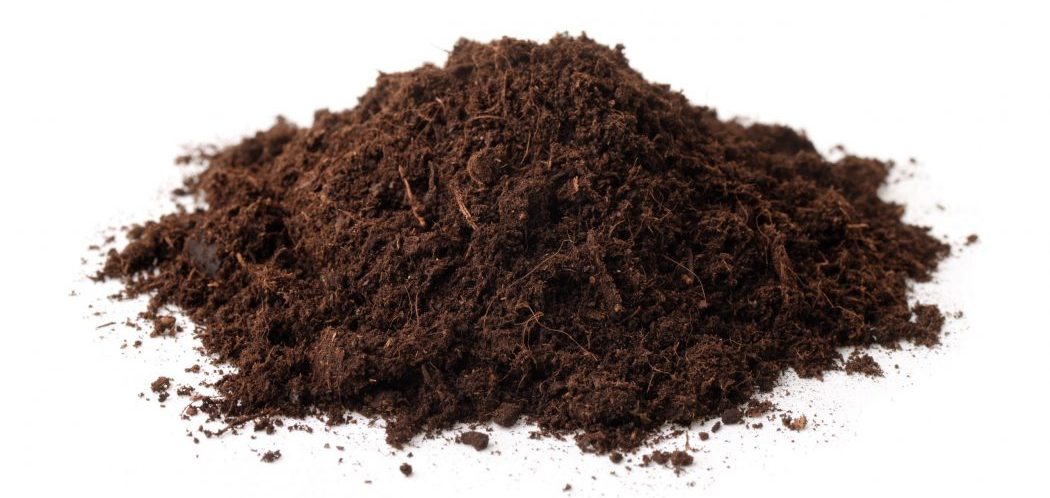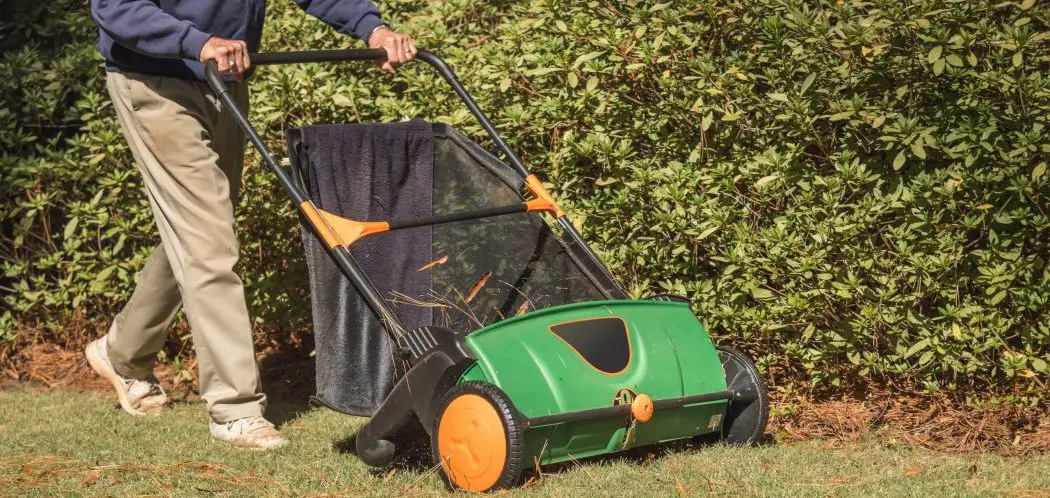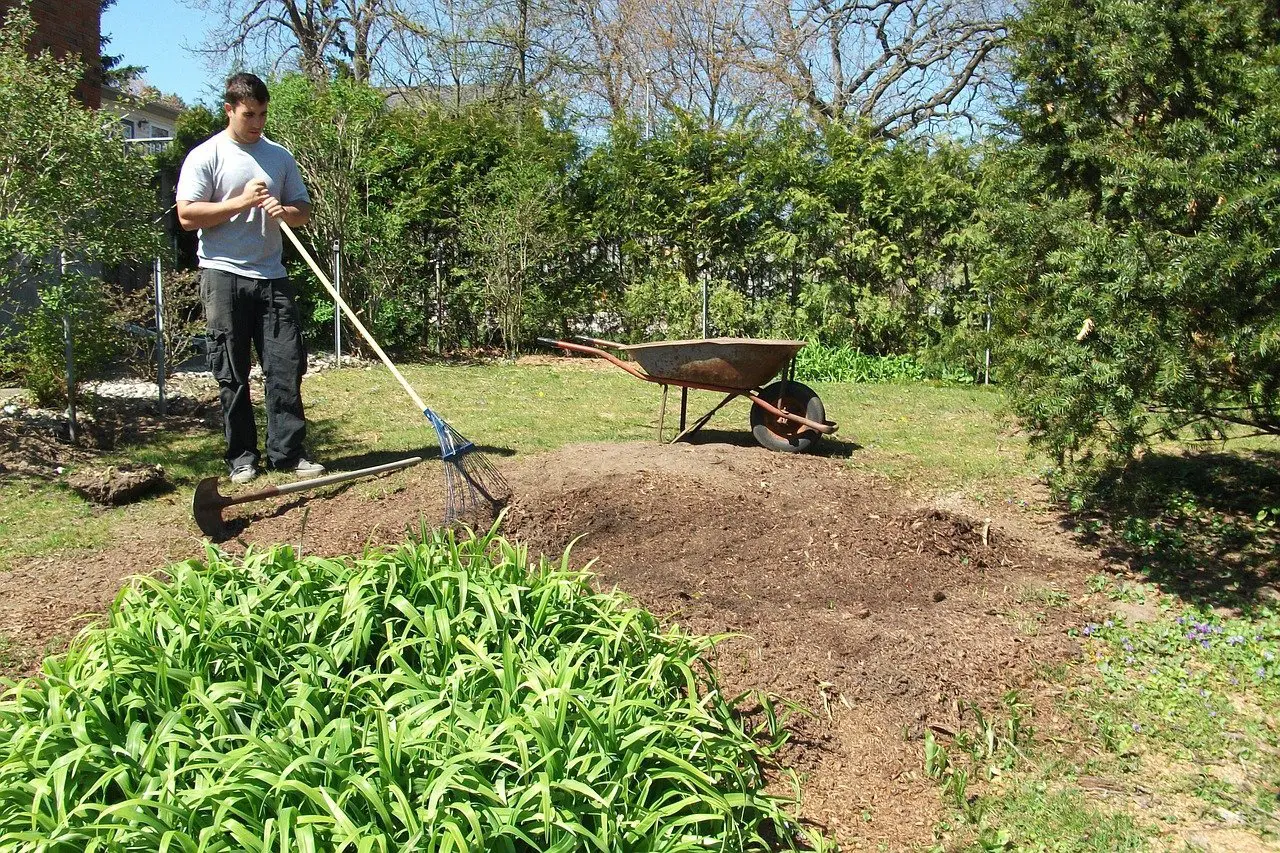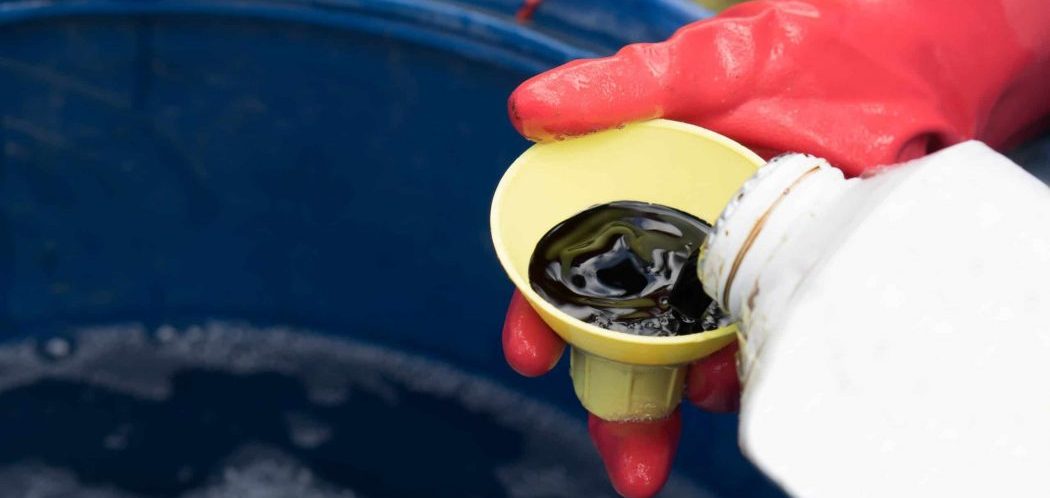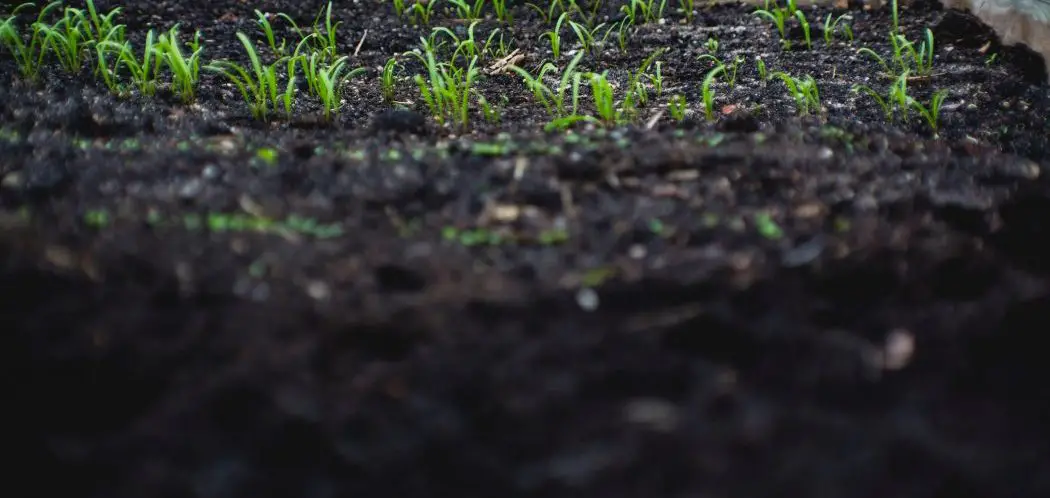Shampooing your lawn may sound like a crazy concept, but there is some science to the practice.
Shampoo contains surfactants. Surfactants are substances that reduce the surface tension between molecules. The most common use of surfactants in everyday application is to increase the dispersion of dirt and oil when cleaning. Surfactants are found in shampoos, laundry detergents, and household cleaners.
Why You Should Shampoo Your Lawn
Nonionic surfactants have been used in horticulture for over 20 years. Their ability to reduce surface tension has been used to increase water absorption and retention in soil, and it has also served well to increase the permeability of pesticides and herbicides.
Anionic surfactants are the ones that foam up when mixed with water. This characteristic has made it popular in pesticide application since the bubbles help the solution spread farther and stick to the plant.
These surfactants are also added to commercial growing medium to help the medium accept water. Take peat moss, for example. Peat moss is hydrophobic when dry. That means peat moss will repel water, thus making it difficult to mix into other mediums. To reverse the hydrophobia, a surfactant is added to water to enable the water’s penetration into the peat moss. The result is a pliable and beneficial medium.
Surfactants have also been proven to increase enzyme production in cells for decades.
What Does All This Mean for Your Lawn?
The introduction of a surfactant to your lawn will make it healthier by allowing water to penetrate the soil and by breaking down the oils that can be left behind by decomposed organic material. You’ll also get better results when using pesticides and herbicides because the surface tension will be reduced, allowing the chemicals to be absorbed by the plant.
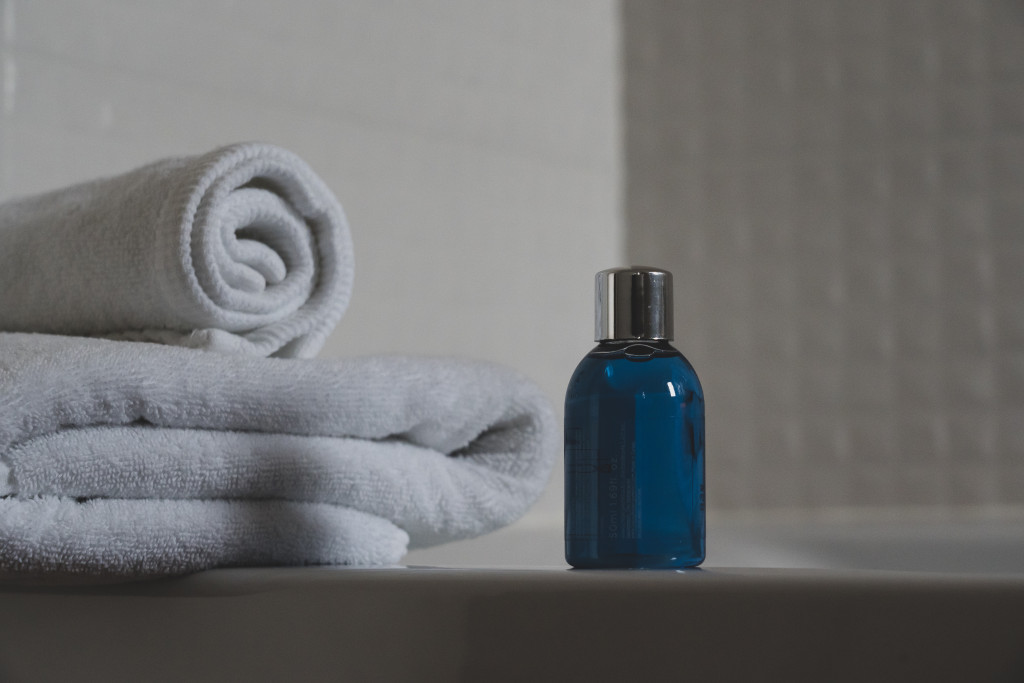
What Should I Use to Shampoo My Lawn?
Your home contains many cleaning agents with surfactants in them. How do you narrow down which is best to use on your lawn?
You want to pick a mild product
Not all surfactants are created equal. Some surfactants that act as soaping agents strip so much of the oil present that they dry out whatever material they are applied to. This is the opposite of what you want to achieve with your lawn. Opt for a sulfate-free washing agent.
You want to select a soap that is not antibacterial
Your lawn’s soil has a delicate microbiome. If you hosed it down with an antibacterial soap, you would eliminate all of the good bacteria contained in your lawn. The benefits of bacteria in soil include nutrient mineralization, increased nutrient availability, growth hormone production, and biocontrol of pathogens.
The soap you select should also be free of dyes and perfumes
Neither of these additives are beneficial to your lawn.
Carefully examine the chemical makeup of your soap candidate as well. Some dish soaps contain ammonia. While ammonia can be converted to nitrogen and feed your soil, an excess of nitrogen will spell disaster. Laundry detergents can have added brighteners or bleach that will decimate your lawn.
The most widely recommended soap for washing your lawn is baby shampoo. It contains no dyes or perfumes, and it has the right combination of surfactants to get the job done without drying your grass and soil out.
How to Shampoo the Lawn
You can’t just go and dump baby shampoo all over your lawn and expect it to thrive.
To easily disperse the shampoo across your lawn, you’ll need to mix the shampoo and water in a hose end sprayer (I recommend this one).
It may sound easier to use a pump sprayer for this application, however, the foaming nature of surfactants will easily clog the sprayer. This will make the process more laborious and could result in damage to your equipment.
The general recommendation is three ounces of shampoo for every 1,000 square feet of lawn. The average lawn size is 10,871 square feet. If your lawn is about a quarter of an acre, you’ll want to use 32 ounces of shampoo in your sprayer.
You can also spot treat areas that are in need of shampooing. Measure out the area and convert how much shampoo you will need.
Once you have your correct amount of shampoo mixed into your hose attachment, it’s time to start watering. Attach your hose end sprayer to your water hose, turn the water on, and begin spraying the mixture on your lawn.
You’ll want to complete this shampoo in the early morning or late afternoon. Shampooing your lawn from 10 am to 2 pm is not recommended because this time of day is when water evaporates the quickest. If all of the water evaporated during your spraying process, only the shampoo will be left on the grass blades.
It’s crucial to use an adequate amount of water when lathering up your yard. The water will carry the soap down the leaf and into the soil. Your lawn will benefit from additional watering at this time to ensure the shampoo sinks in. Do not overwater your yard to the point of ponding. This will wash away the surfactant.
Shampooing Aftercare
Once you have doused your desired area in the soapy mixture, you’ll need to give it a good watering to allow the surfactants to penetrate the soil.
Within 24 hours, you will notice soil that is much more malleable. The introduction of surfactant-filled water decreases soil compaction.
Soil compaction can happen any time the soil is regularly compressed. It is extremely common in the well-travelled areas of your lawn.
The results of reversing compaction include grass that grows faster and healthier, increased soil health, and water conservation. As the water now has an easier journey through your soil, you may find you need less water to adequately hydrate your lawn.
The area that was shampooed should not be treaded on for 48 hours. Walking on the area immediately after shampooing could result in soil compaction since the ground is so soft.
When to Shampoo the Lawn
How often you shampoo your lawn will depend on how dramatic the results of your first shampooing are. If you are totally satisfied with the results, you only need to repeat the shampooing once per growing season. However, if the shampooing did not completely alleviate your soil’s ailments, you can repeat the process within a week.
You may be tempted to increase the amount of shampoo used during your next round of shampooing, but it is best to stick with the recommended three ounces of shampoo per 1,000 square feet.
What Time of Day?
The time of day you shampoo your lawn should correlate with your usual watering schedule. If you have an automatic sprinkler system that begins its cycle at 9 am, you’ll want to have your shampooing completed prior to then. You want to ensure your lawn is evenly coated with the sudsy mixture before the sprinklers turn on.
If you don’t have a sprinkler system to set your schedule, early morning application is highly recommended. This time of day entails the least amount of atmospheric evaporation.
What Time of Year?
The time of year is also essential when planning your shampooing.
The only season where you should completely avoid shampooing is winter. Increasing the permeability of the water in the soil during winter could result in your plant’s roots freezing. The bacteria profile of your soil depends on the top layer of soil and organic material to insulate it from the frigid temperatures. When this layer is broken down by a surfactant, the bacteria will die when exposed to the cold.
Shampooing at the beginning of winter could result in your grass prematurely ending its dormancy period. This will result in the grass growing prior to the first freeze. Once the frost sets in, there will be more exposed plants susceptible to the cold. This increases the likelihood of plant death.
Shampooing your lawn too late in the fall can have the same effect as shampooing in the winter.
For best results, shampoo your lawn from mid-spring to mid-fall. Special care should be taken during the summer months. Summer is when your lawn is most likely to experience drought conditions. Ideally, lawns should receive one inch of water per week. Summer months bring little to no rainfall. Shampooing your lawn during the summer will allow more water to sink deeper into the soil. Your grass will develop deeper root systems and be able to draw moisture from water reserved in the soil.
Shampooing in the spring sounds idyllic, but spring is a busy time for other lawn care related activities. You do not want to shampoo your lawn at the same time as fertilizing or reseeding. These activities should be completed one to two weeks after shampooing is complete. Failure to space out these processes could result in seedling failure and inactivation of the fertilizer.
In Summary
To outsiders, shampooing the lawn may sound crazy. To lawn care enthusiasts, shampooing the lawn sounds like an inexpensive way to reduce soil compaction, increase oxygen and water permeability, and enable grass growth. When done at the right time with the right amount of soap, shampooing a lawn will make it so lush, your neighbors will be green with envy.


